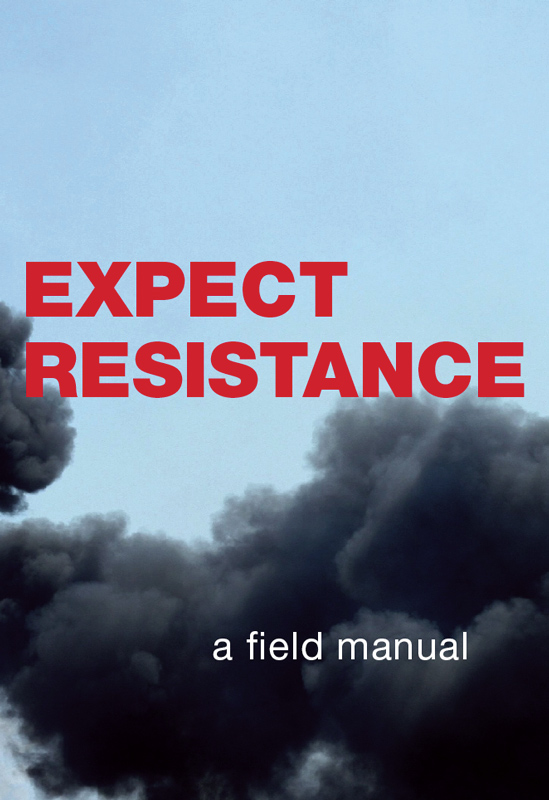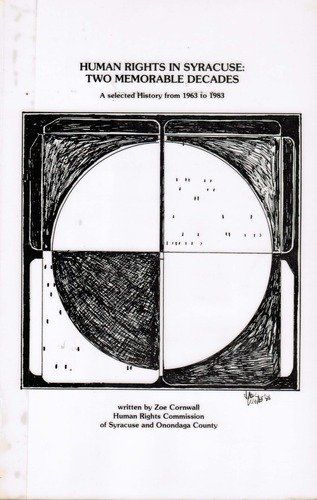
Drug War Capitalism
Dawn Paley, AK Press
reviewed by Ursula Rozum
To anyone paying attention, the US war on drugs is a categorical failure. During the implementation of drug war policies, violence against teachers, labor leaders, journalists, and human rights advocates increased dramatically. Dawn Paley makes a strong case that the US-funded drug war is about terrorizing civilian populations to create conditions that attract investment. Drug War Capitalism combines history and telling statistics with the stories of activists on the ground in Colombia, Mexico, Honduras and Guatemala.
Paley also explores violence intended to intimidate environmental defenders. Paley tells the stories of anti-mining activists such as Dante Váldez Jimenez, a teacher who was severely beaten in his classroom by armed men linked to Vancouver-based Pan American Silver Corp. Another activist had his feet cut off. I was surprised to read about the discovery of shale oil in northern Mexico, an area known for endemic violence, which will undoubtedly impact residents’ ability to organize against thousands of oil wells planned in the region.
As drug war funding and training increases, so does the body count. When the Merida Initiative was signed in 2007, there were 2000 drug-related homicides annually. By 2012 the number was more than 12,000 and now includes the 43 Mexican students who were disappeared in Iguala, Guerrero, Mexico in September 2014. The Ayotzinapa 43 incident sparked protests throughout Mexico and at Mexican embassies around the world, bringing attention to the corrupt relationship between drug cartels and the government of President Peña Nieto and the role of the US drug war in fueling violence. Paley’s book could not be more timely in explaining why this horrific violence occurs.

Expect Resistance: A Field Manual
CrimethInc. Ex-Workers’ Collective
reviewed by Amelia Lefevre
“Long ago, we embarked on the greatest adventure of our lives: the total rejection of hierarchy, submission, and tedium, of status and status quo. Seceding from an entirely colonized world, we cast ourselves as crash-test dummies in a life-or-death mission to smash through the walls of capitalism…”
An inspiring and deep-thought provoking work of art, Expect Resistance weaves first-person fictional narrative, political essay, and visual art to challenge the reader’s acceptance of the status quo.
The narrative follows characters who leave behind lives full of banality to take up the art of resistance. We are right beside them as they take a leap of faith away from everything they know, into a world of adventure and possibility. We’re in the room as they organize and in the streets when they confront riot police. And their heartbreak is ours too.
Between each chapter, an earthquake of an essay jostles the foundations of our most deeply held assumptions about society. Such questions are addressed as: What is the real disaster—the storm shown on television or our servitude in a wage economy? How do the concepts of “failure” and “success” serve to keep people trapped in this exploitative society? How does the capitalist concept of scarcity relate to the social rule of monogamy? How can we get to a world full of enrichment and connection with one another? Can we change the world with our hope?
You will come away from reading the Field Manual with at least a slightly different approach to living, and you will be glad for it.

Humans Rights in Syracuse: Two Memorable Decades, a Selected History from 1963 to 1983
Zoe Cornwall, Human Rights Commission of Syracuse and Onondaga County
reviewed by Brian Escobar
Having grown up in CNY, I was unaware of the history of bold direct action that took place here during the Civil Rights Movement. For example, Niagara Mohawk (NiMo) was resisting hiring blacks into its workforce of 1500. Blacks were only hired for janitorial positions. Two volunteers from the Congress of Racial Equality (CORE) chained themselves under a Hertz car parked at the entrance to NiMo’s parking lot at 8:15 am. The police called a tow truck but the driver wouldn’t remove the car with people underneath. It took the police a long time to figure out what to do while NiMo workers couldn’t get in, causing a traffic jam. The police eventually climbed under the car and cut the chain with bolt cutters. Charges were dismissed since the action was not against the law on public property. The action brought NiMo back to the negotiating table and led to integration of the workforce.
Many other stories from this important period fill the book. This book will change the way you see Syracuse. Onondaga County Library System has six copies.





